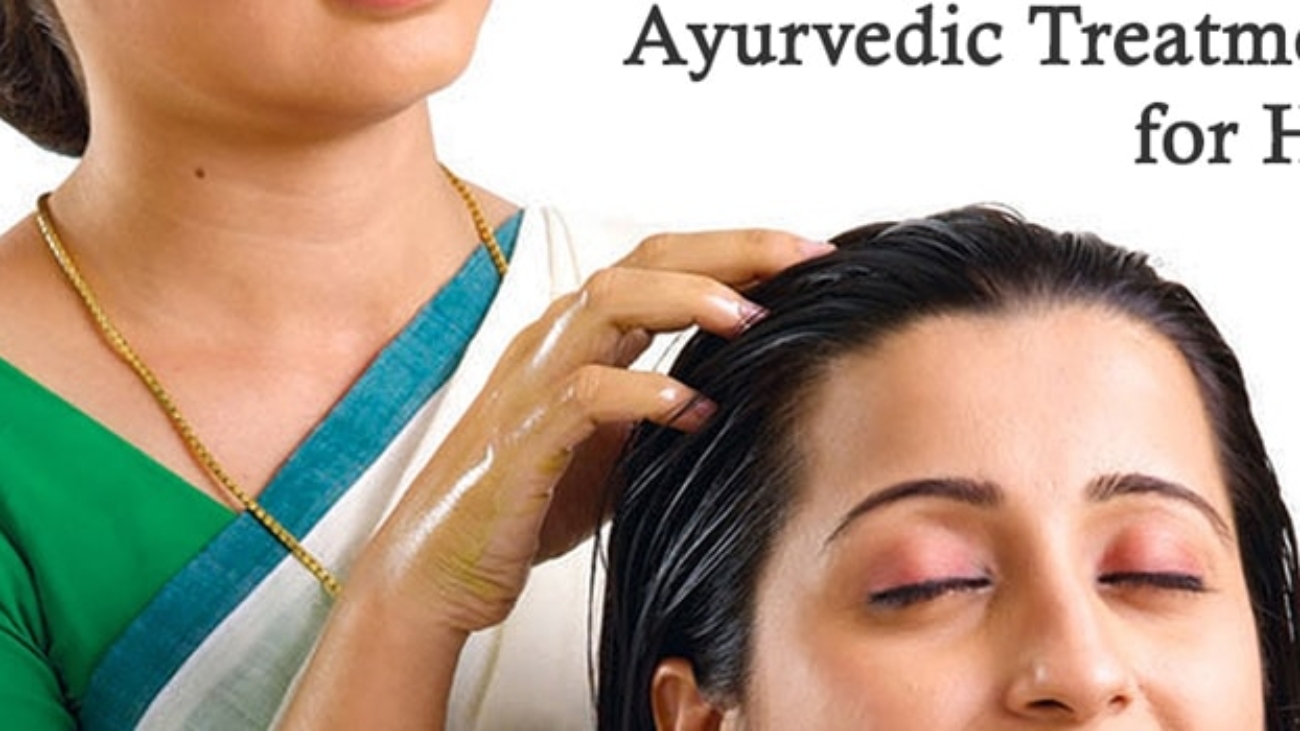More and More people are turning towards Ayurveda for their hair loss problem. Hair loss can be embarrassing and hamper one’s self-esteem and confidence. When treated early hair loss can be reduced and even stopped completely.
Ayurvedic consideration of Hair Loss
Ayurveda believes that hair fall control is very much associated with the body type and also the stability of your mind-body structure. Ayurveda considers the hair as a byproduct for bone formation. The tissues which are responsible for the formation of bones are also responsible for your hair growth. Hair fall is considered to be a problem of pitta dosha in Ayurveda and excess of Pitta dosha in the body is the chief cause of hair problems. Ayurvedic hair loss treatment measures are known for their effectiveness. Usually, the Ayurvedic treatment for hair loss includes diet, meditation, yoga, and yes, we cannot forget medicated herbal oil massage.
Ayurvedic Dietary Recommendations for Hair Loss :
- As hair fall is considered a problem of pitta dosha, you need to identify the bad eating habits that are contributing to the increase of pitta in your body.
- Pitta is increased by excessive intake of tea, coffee, alcohol, meats, and excessive smoking. Pitta is also aggravated by eating too much fried, oily, greasy, spicy, sour, and acidic foods.
Useful Dietary Tips:
- Aloe vera: Take 1/3rd cup of aloe vera juice. Instead of this, you can also take 1 tbsp of aloe vera gel with a pinch of cumin thrice a day for 3 months for hair fall control.
- Drink fresh juices of carrot, alfalfa, lettuce and spinach for aiding in hair growth.
- Sesame seeds: A spoonful of white sesame seeds each morning can be a great source of magnesium and calcium. They are very effective hair loss checkers.
- Yoghurt: Consuming yogurt everyday reduces hair fall to a large extent. It is a trusted remedy for hair related problems.
- Green leafy vegetables and fruits: No one can underestimate vegetables and fruits for preserving hair fall, as they are rich in fiber which is excellent in preventing hair fall.
- Vitamin C, vitamin B-complex, zinc, sulfur and some important fatty acids are very important to make the roots of your hair strong. You can find these nutrients in sprouts, yeast, buttermilk, nuts, milk, soybeans, and whole grains. Include these in your diet and you can expect to reduce your hair fall in a few months.
- Drink plenty of water. You do need to flush out the toxins that have accumulated in your body and drinking water is the best of doing it.
- Alcoholic drinks have animosity with good hair so you should better avoid it.
Yoga and Meditation for Hair Loss Treatment:
Inverted asanas such as Sarvangasana that tend to reverse the gravity on the body are best suited for treatment of hair loss. They stimulate the flow of blood to the head. Make sure you practice such asanas under the guidance of a yoga teacher. What you must additionally do is practice deep breathing exercises to control stress, anxiety and keep your mind balanced.











